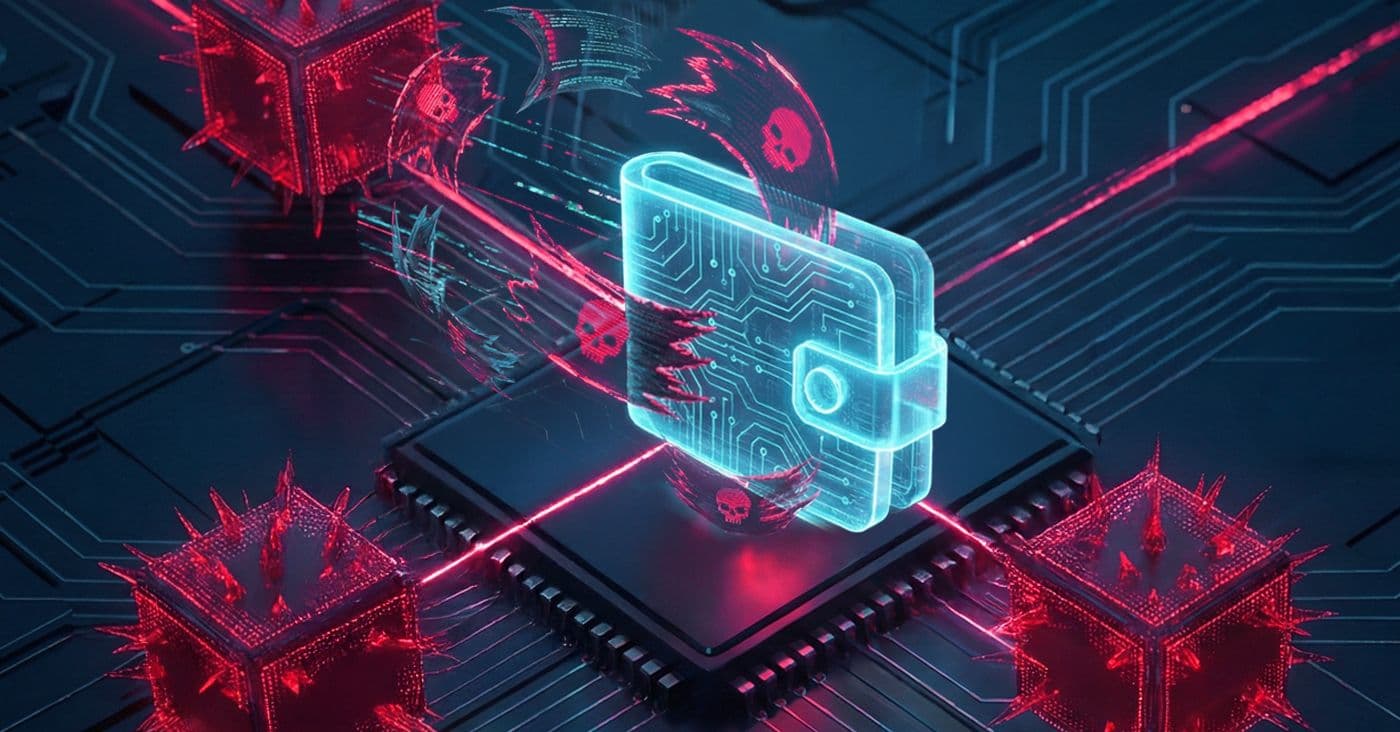
NuGet malware targets Nethereum tools
Highlighting an alarming trend, RL has discovered malicious packages targeting crypto wallets and OAuth tokens to steal funds.
Code signing validation is the process of verifying the digital signature attached to software artifacts (e.g., executables, libraries, scripts) to confirm the authenticity and integrity of the code. It ensures that a trusted source signed the software and hasn’t been tampered with since it was signed.
Unsigned or improperly signed code presents a significant security risk. Malicious actors often modify legitimate applications or inject malware into packages. Without code signing validation, end users and systems cannot confidently trust that the software is safe, unaltered, or from a verified publisher.
The validation process involves:
Validation can occur on endpoints, during CI/CD workflows, or as part of artifact repository checks
Topic | Focus Area | Key Differences |
|---|---|---|
Digital Signature Verification | Confirms the authenticity of documents | Code signing validation is specific to software artifacts |
Provenance Validation | Validates the origin of the software | Code signing is one method of verifying provenance |
SBOM Validation | Confirms declared components | SBOM validation checks content; code signing validates identity and integrity |

Highlighting an alarming trend, RL has discovered malicious packages targeting crypto wallets and OAuth tokens to steal funds.

As attacks become AI-optimized and internal AI use rises, enterprises need to modernize their file security strategy.

The Open Worldwide Application Security Project now includes an Agentic Top 10, an AI testing guide, and an AI vulnerability scoring tool.